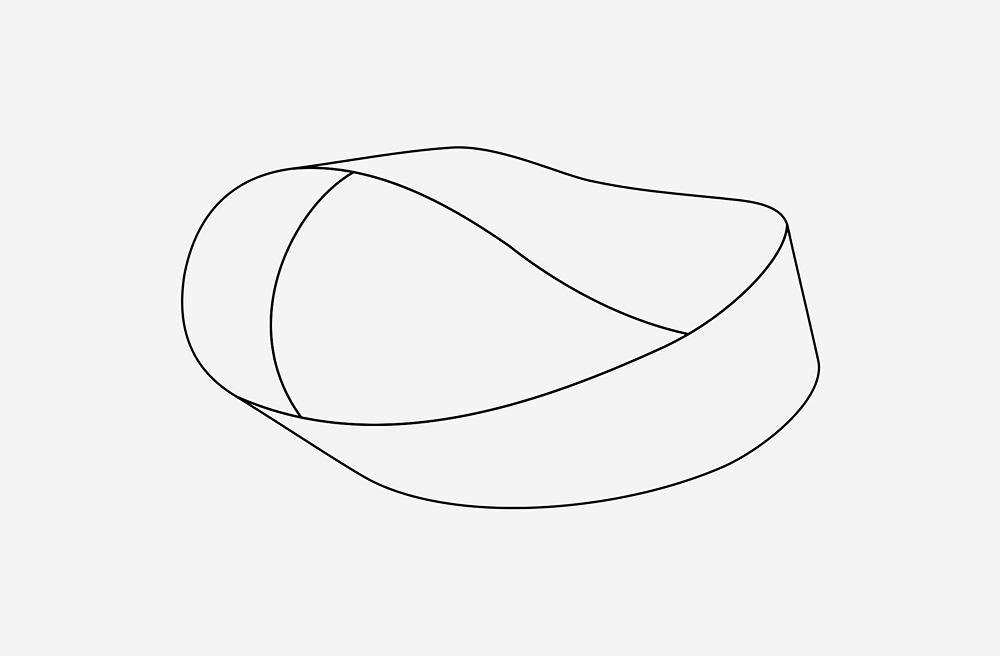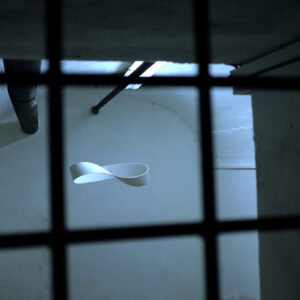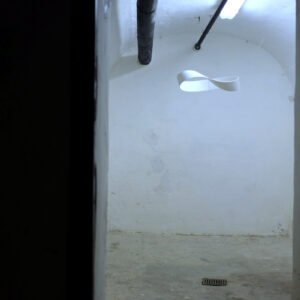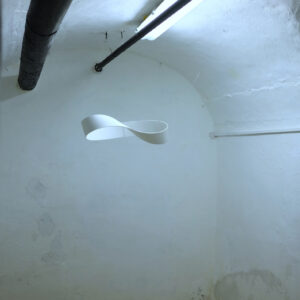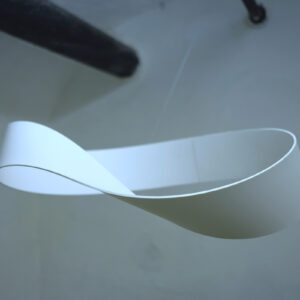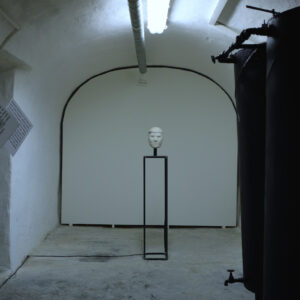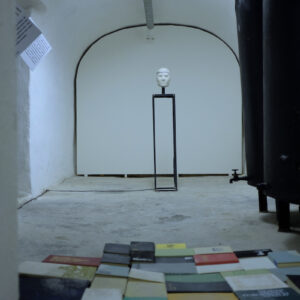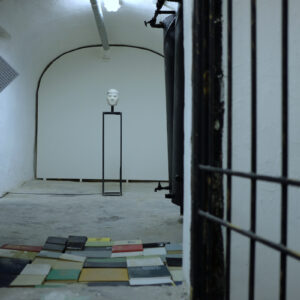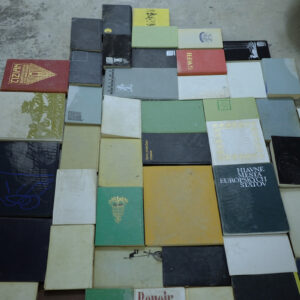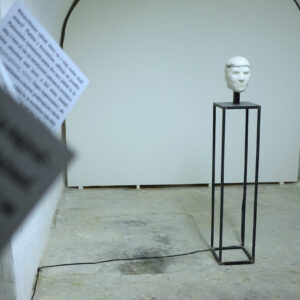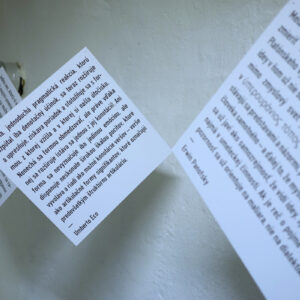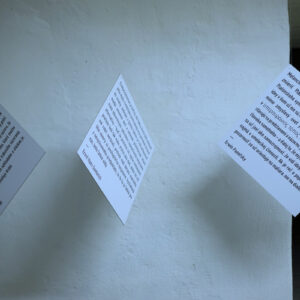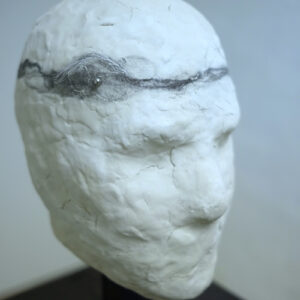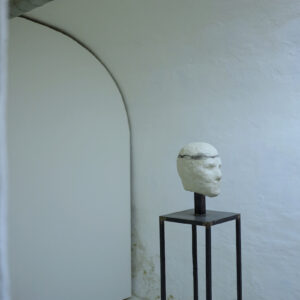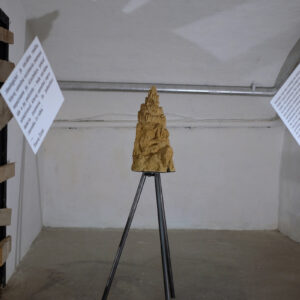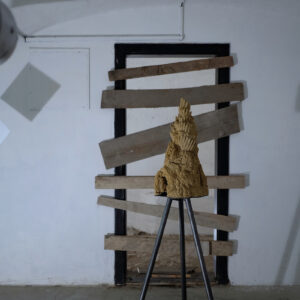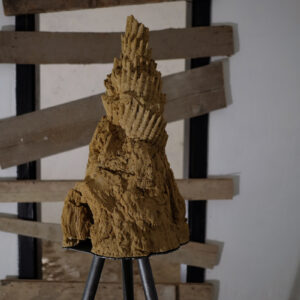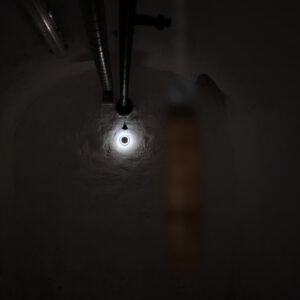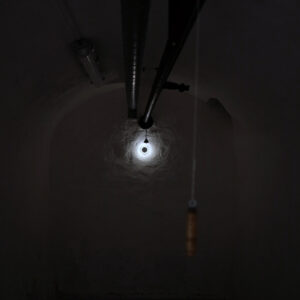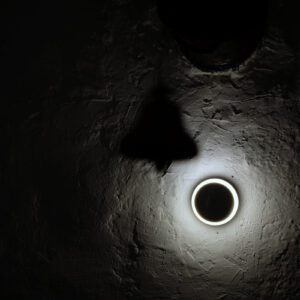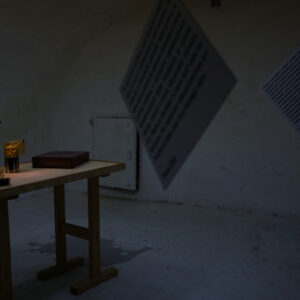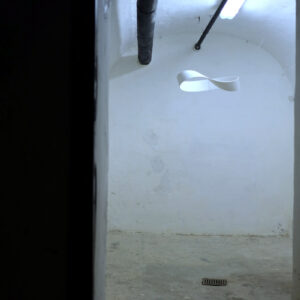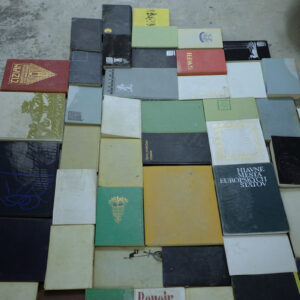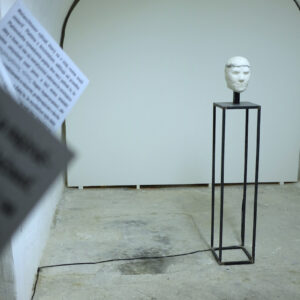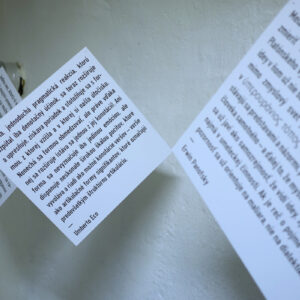Information
Artists
Radovan Čerevka & Patrik Kovačovský & Jaroslav Kyša
Curator
Adrián Kobetič
Duration
Nov 26, 2020 – Jan 10, 2021
Venue
Bunker
Download
Funding
The exhibition has been supported using public funds provided by Slovak Arts Council. The Council is the leading partner of the project.
Eeny Meeny is a miniature exhibition project based on the curator’s testament which is explored through various layers of meanings. He reflects upon the circularity of his own and the society’s, articulated in his subjective search for the breaking point we can identify ourselves with in today’s world.
This year’s last exhibition at Nitra Gallery’s Bunker is titled “Eeny Meeny!”. It is a miniature exhibition concept based on the curator’s testament which is explored through various layers of meanings. Without pointless stalling, the curator admits the selected artworks are in line with his way of thinking and he uses them to try and present his “mental maps” to the outside world through art. The three objects were made by three important Slovak artists of the middle generation, intermedia artists and sculptors, originally: Radovan Čerevka, Patrik Kovačovský and Jaroslav Kyša. The exhibition borrows texts from the most miscellaneous artists while considering them a full-featured part of the project and using them to cope with the anxiety of today’s world. Occasionally supplemented with curatorial installations, they can be so suggestive the visitor might even consider them inappropriate at times. Besides the installations, their expression and atmosphere is supplemented with the Bunker’s space itself, representing a small labyrinth of thoughts where people can feel lost despite their paths being clear.
The circle becomes the main theme of the project, or rather circularity, touching upon the personality of the curator, visitor and society in general. However, it overlaps with an attempt to go beyond these abstract boundaries. The main idea of the exhibition is our search for the breaking point we can identify ourselves with in today’s world, just like the curator does. The exhibition has an apparent weakness in the fact it can hardly be deciphered using any kind of a universal formula. Such a search might thus even seem arrogant as it needs to overcome the past, welcome the new and influence the confident. However, what we need to know is how far the search can go beyond the circles. They contain our minds in the sense of the individual and collective memories, using various formulas, but also our natural behaviour, corrected by the numerous life cycles. The curator does not mean the endless circle of Ouroboros, the serpent eating its own tail, nor the Greek god Aion who is behind the eternity of the world. The concept is based on the circles of ordinariness overlapping with personal returns. Not in time, but in ourselves. They are not stimulated by regularity or the necessity of repetition. Sometimes they appear just once, run their coarse and everything inside them returns back to default. However, what the exhibition believes in is that some circular movements can use their centrifugal force to push us to their edges which can be called paradigmatic breaking points. The frustrating question is if and how we can knowingly cross these circles. Or whether these circles work as the Möbius strip which can represent a paradox of our view of the outside world. We keep moving inside the circles believing we can get to their edges even though we can easily end up back inside without even realising it. Our naive idea of the outside perspective becomes a self-delusion which does not allow us to realise where our knowledge comes from and where it is heading. Perhaps, such overlapping is actually possible and the exhibition can at least try and turn the circles into spirals which might be circular, but they keep expanding and broadening their coverage. At last, the centrifugal process referring to the circles is addressed by another motive of the exhibition which is already suggested by the exhibition title. It is inspired by M. J. Aldridge’s book “Eeny Meeny”. The central theme of the novel is “kill or be killed”. It is more or less present within many conflicts that trouble today’s society and the exhibition works with it as well when it tries to confront its immediate surroundings. It is not about the confrontation being assertive or aggressive, but about trying to recognise which part of the circles we find ourselves in. So if you do not try and cross the borders of the circles, you can end up swirling in them indefinitely… or definitely?
